Every time I pick up my tools to work on a bike, I mourn the loss of the I-Beam saddle standard. This wonderfully simple saddle mounting system was far from perfect, but, in my eyes, that simplicity was beautiful.
Rather than the typical twin rails, the saddle’s shell sat atop a girder-shaped central rail, clamped by a single horizontal bolt that allowed for loads of fore-aft and angle adjustment, as well as hassle-free fitting.
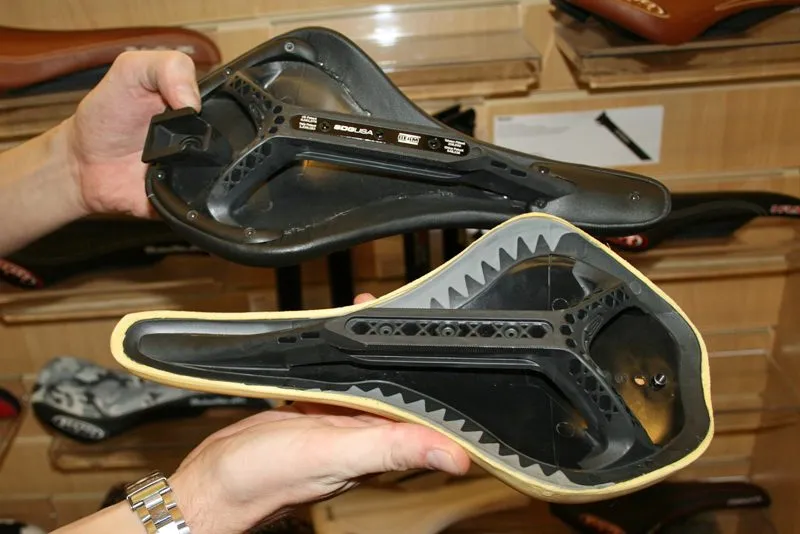
While SDG went in hard with the system (earning some glowing reviews along the way), very few other brands followed, and with some ‘issues’ regarding saddle compliance, the design failed to take hold – much to my disappointment.
Workshop woes
For want of a better phrase, I have two left feet (or hands, actually) when it comes to fixing bikes.
My inability to keep my workshop tidy means a smorgasbord of tools litter my worktop, and I can never quite find the right hex key in the heat of the moment.
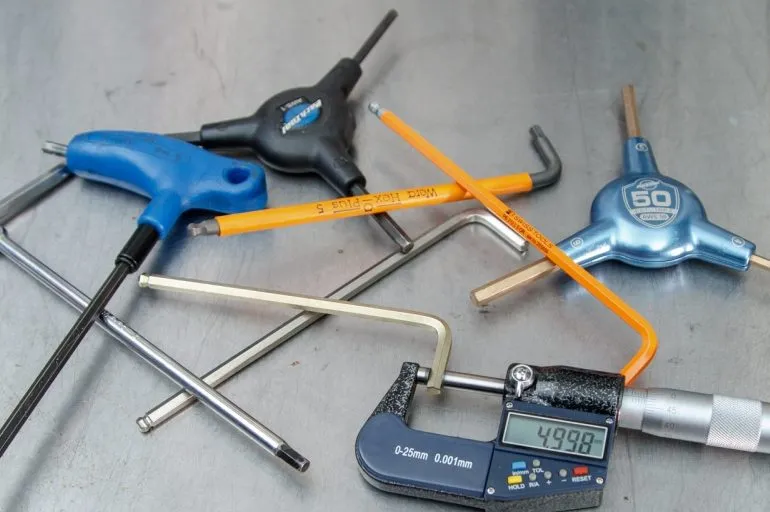
You know the score: you’ve pulled the derailleur cable tight and just need to nip it up, but, dammit, you picked up the 5mm not the 4mm hex key, and the smaller one is nowhere to be found.
As such, simple tasks take an inordinate amount of time.
A new stem invariably can’t just be fitted. I fit it, the headset is then loose, I don’t have the right stem spacers, it gets tightened on a bit squint, and the bars are rolled differently – I’ve not even checked the brake levers and shifters yet...
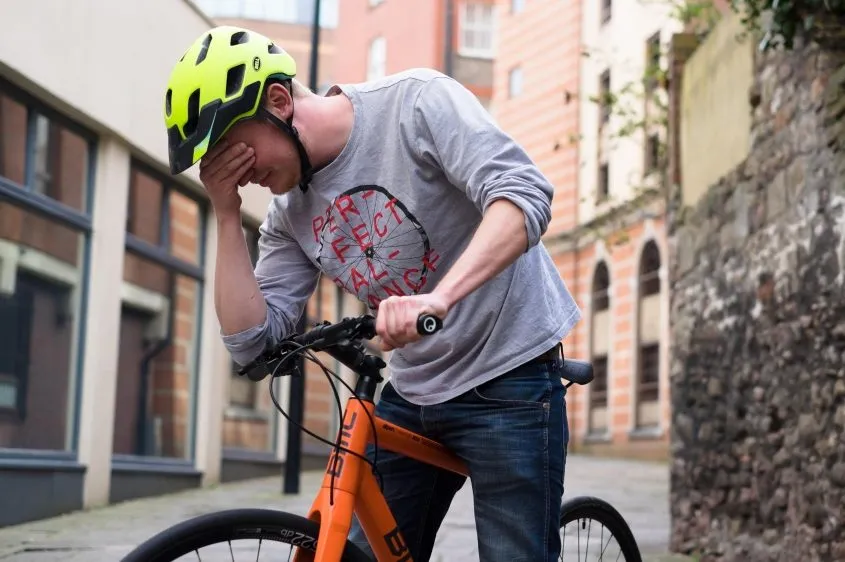
As soon as I think I’ve finished the job, something needs adjusting again because unlike my attitude to workspace tidiness, my bikes have to be ‘just so’ when I take them on the trail.
In addition to my lacklustre efforts at the workstand, I have an incredible ability – nay, gift – for dropping tools. Not a single, simple task can be done until I’ve dropped a hex key or a cable cutter or a hammer on the floor. Every. Single. Time.
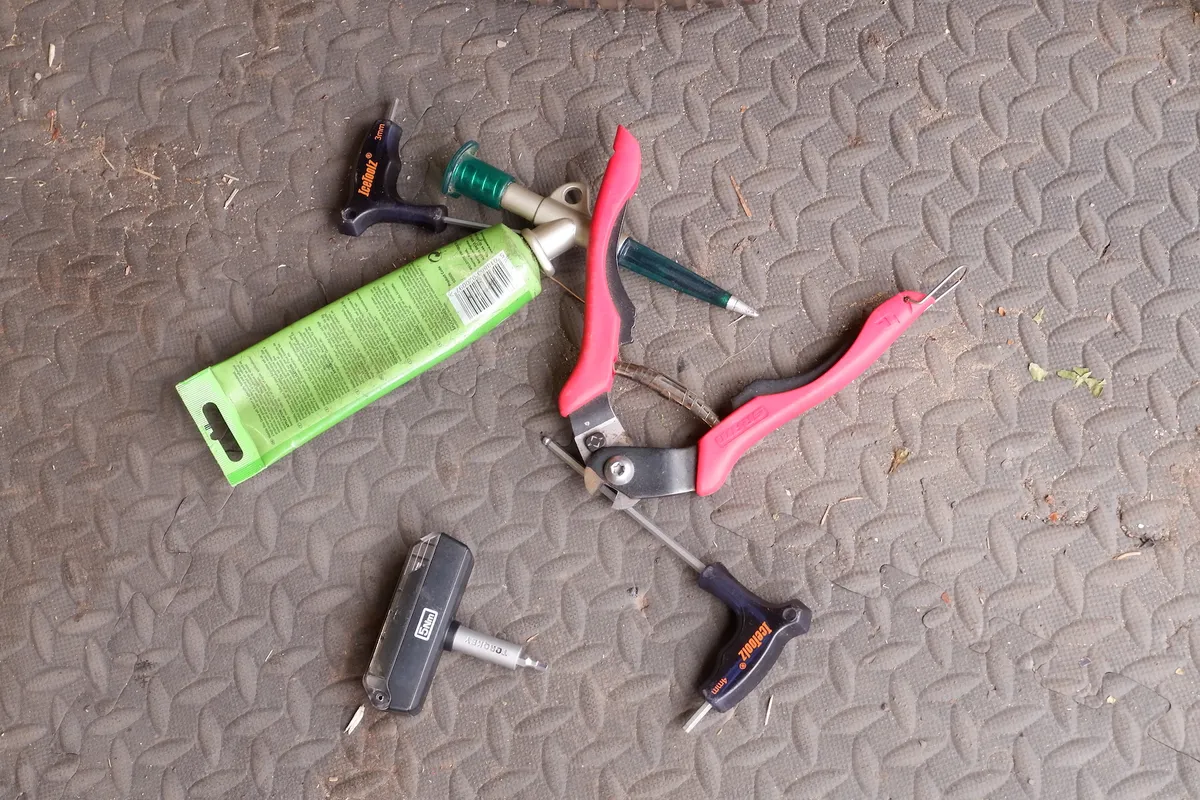
I understand that some elements of workshopping can be tricky and intricate, and that every home mechanic will have off-days – ‘I love routing internal cables’ said nobody, ever.
I’m sure even the pros drop the occasional spoke nipple in a rim, or can’t quite find a long-enough zip-tie from time to time.
But there are two tasks that I simply cannot bear, and, in a severe case of First World Problems, they are tasks I have to complete on a fairly frequent basis: fitting bottle cages and fitting saddles.
Bottle cage burdens
Bottle cages are wonderful things, carrying your bottles here, there and everywhere with little complaint. By their very nature, though, they are a royal pain in the backside to fit.
Two small-headed hex bolts need threading through intricately contorted wires or carbon webs, posting through a pair of slots and then inserting into two fragilely riveted nuts in the frame.
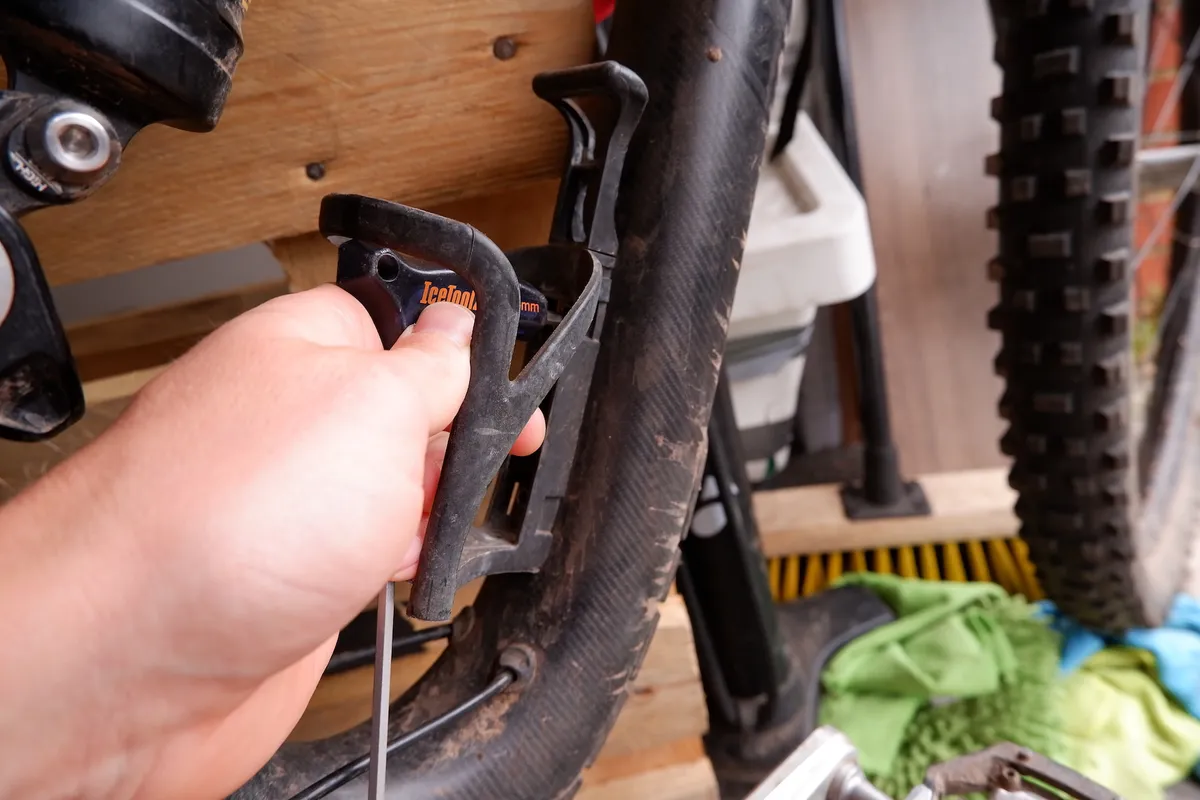
Once you’ve navigated this complex maze and have not only got the bolts loosely attached into said nuts, but have also extricated your hands from the clutches of the metal or carbon cage, you then need to get your hex key in there to finish the job.
Oh, sure, on a road bike, with decent bottle cage bolts and a minimalist cage that’s an easy job! But on a mountain bike, add in an over-engineered cage, 3mm hex head bolts (where, actually, it’s 3.16mm, leaving the whole shebang overly prone to rounding out) and a rear shock into a compact-framed equation and all of a sudden that job has become a lot trickier.
I’m not even going to mention the perils of fitting a second cage to a bike.
If there’s one thing I’m missing from my tool arsenal it’s some short ball-ended hex keys.
While a long reach is theoretically advantageous, the ‘T’ bit of my T-shaped keys always hit some other part of the bike, preventing a full, satisfying 360-degree twist.
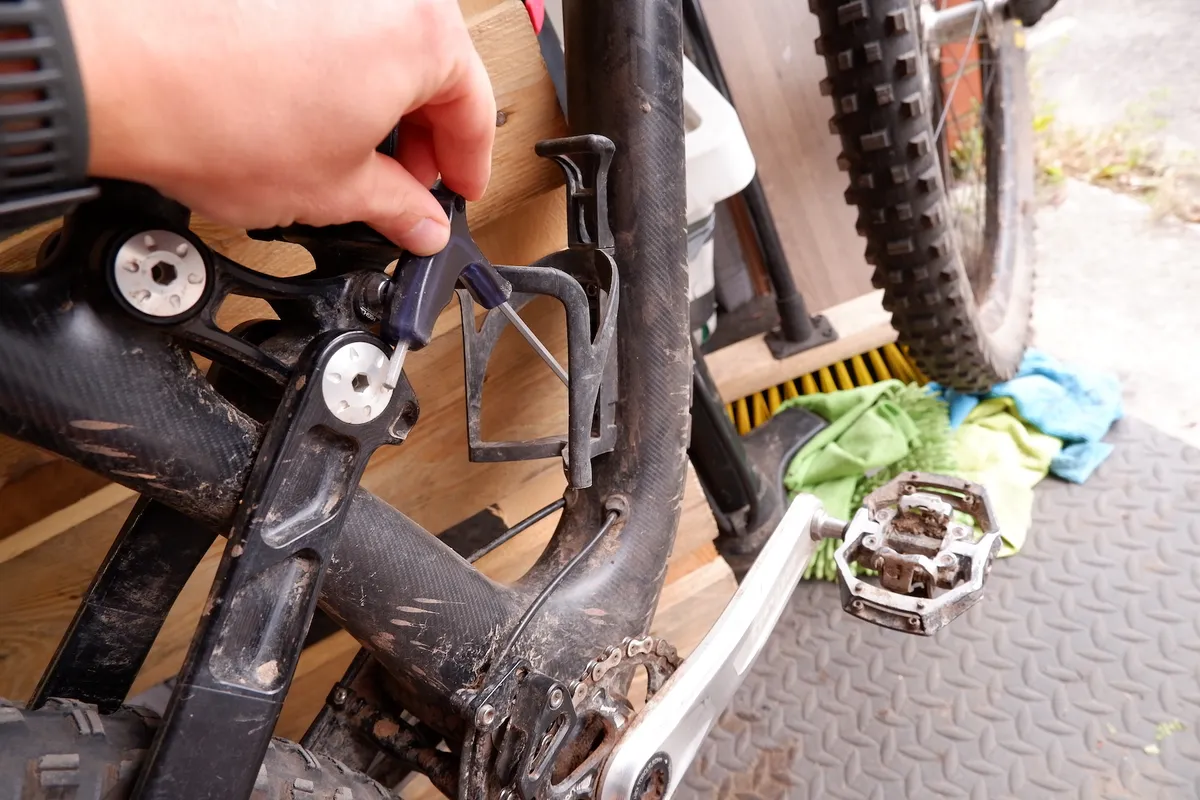
And, while that 3.16mm wide hex head on the bolt might make getting a tool in there nice and easy, it’s bound to round out as soon as you’re attacking it from an angle with an overly-long ball-ended hex key (which, of course, you’ve dropped multiple times).
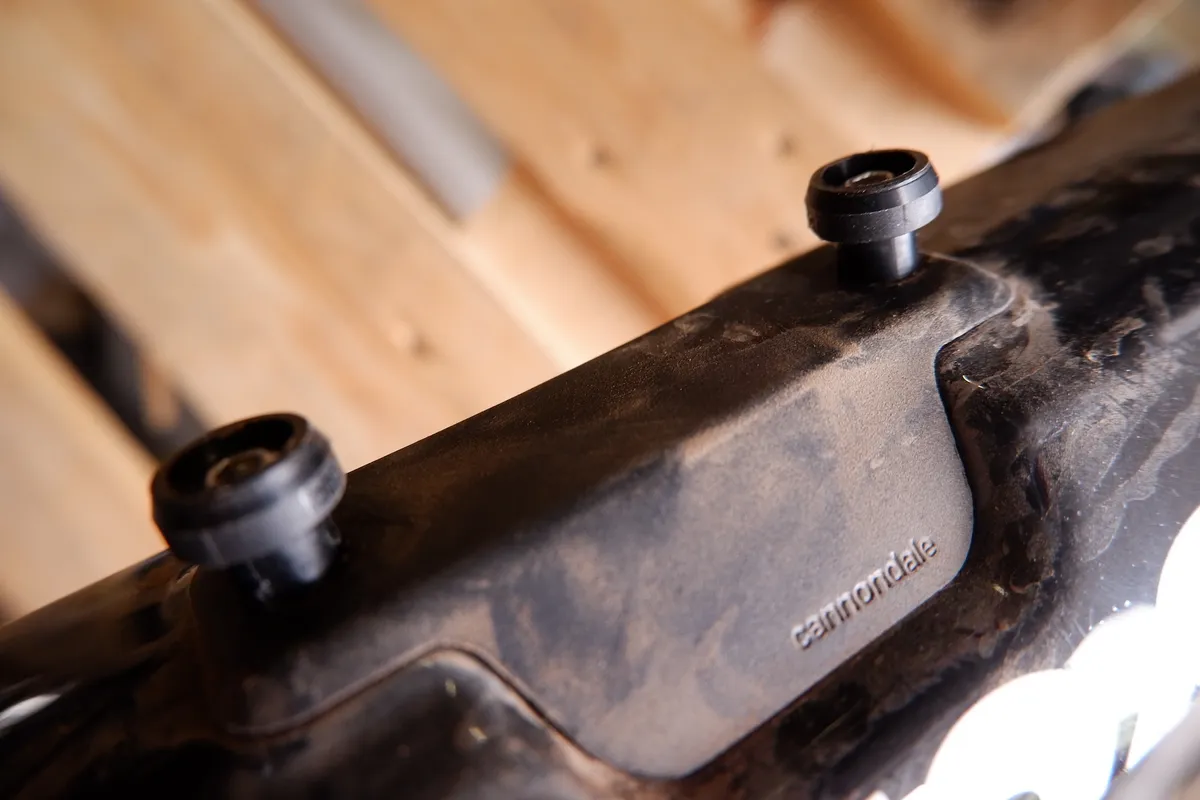
Please don’t RIP, i-Beam
So that brings me to the I-Beam saddle. Or, rather, the dual rail system fitted to approximately 99.9999999% of bikes.
Save for a few creak-prone systems out there, the top half of the saddle rail clamp needs wedging over the top of the rails, under the saddle’s plastic shell.
From there, usually, a pair of bolts needs pushing through the seatpost shaft’s recesses, past the lower half of the clamp and into the (usually) floating nuts that hover vaguely around where they are supposed to be.
It would be simple-ish to engage bolt and nut if I had hands the size of a newborn baby. But I don’t.
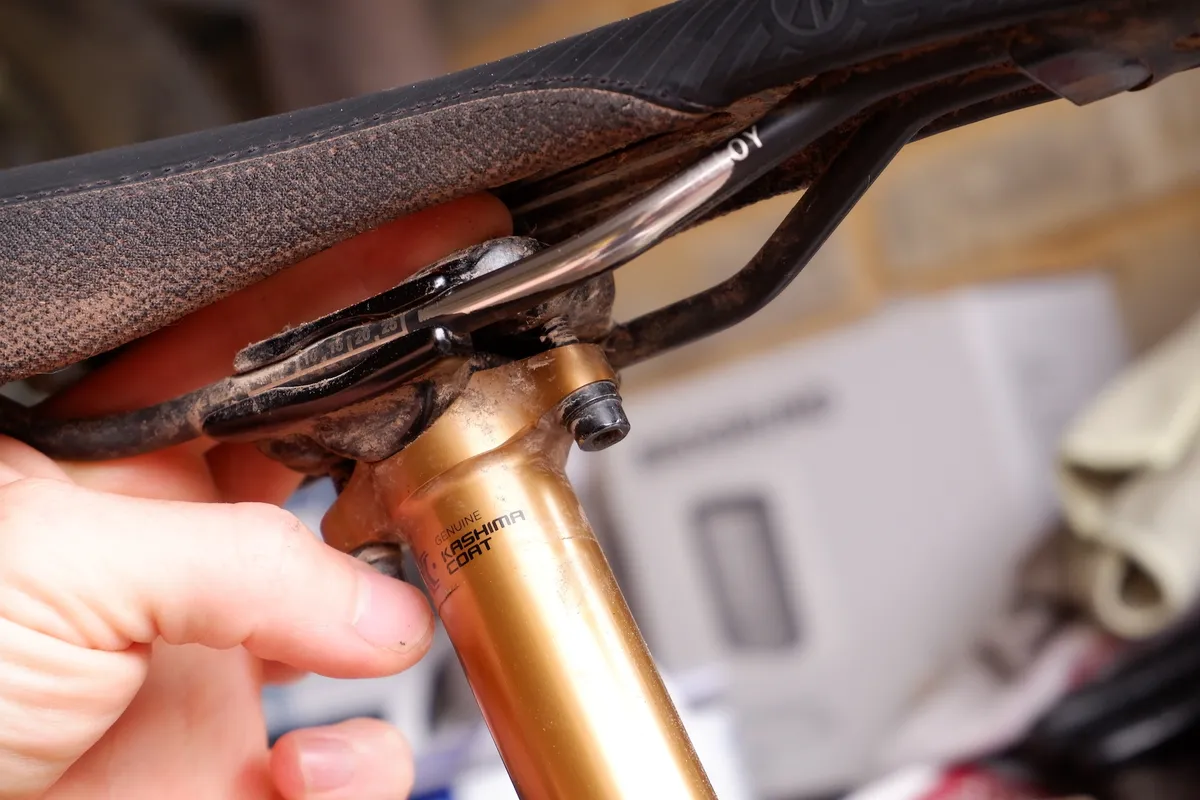
Contorted or not, I cannot get my hands under the saddle’s shell and over the top of the floating nuts to keep them vaguely in the right place while I stab at them with my bolts. (All while dropping my hex keys, of course)
And then we get on to the angle and position of said bolts. While some are angled out and away from the seatpost, far too many just point straight along the length of the seatpost – cheap to manufacture, I’m sure.
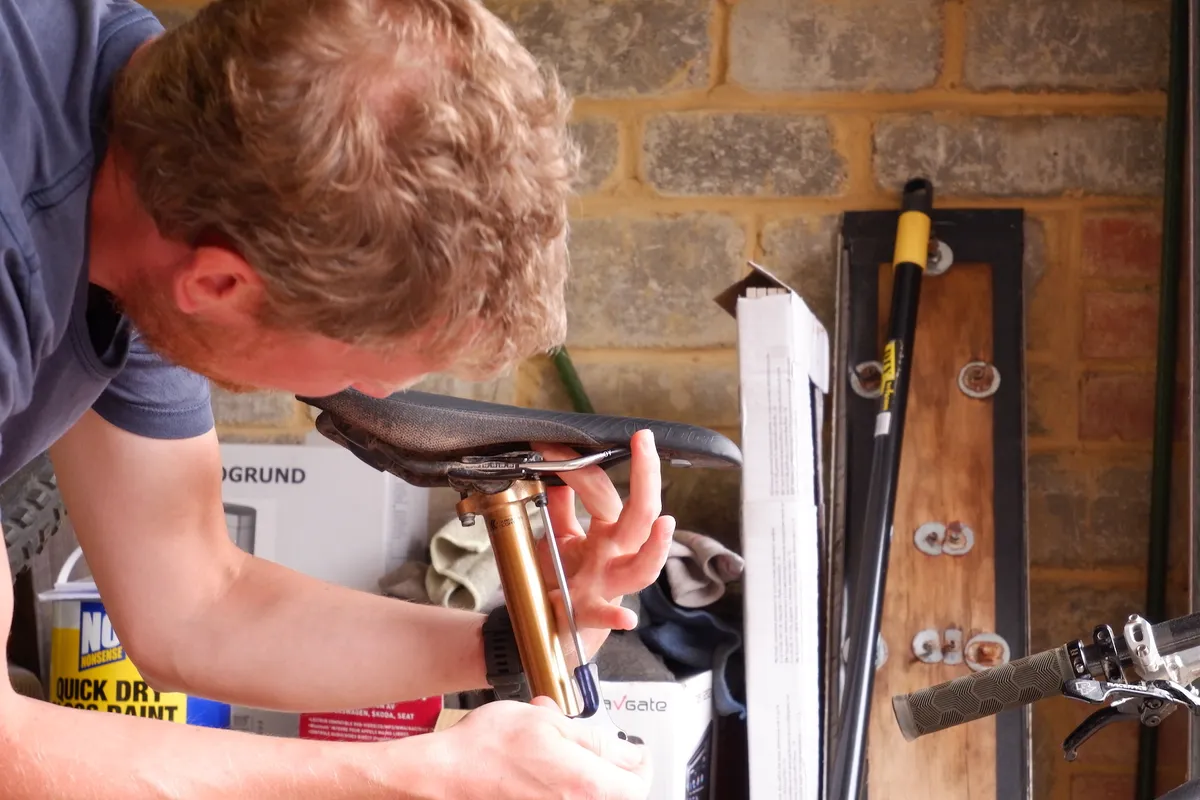
This then makes it impossible to use my lovely T-handled hex key (or, for that matter, any multi-tool at all) because every twist results in the handle scraping its way past said shaft. Who designed such posts and can I have their hex key set?
And thus, here we are. My longing for I-Beam saddles to make a miraculous reappearance.
This system had none of these problems and is one of those long-standing standards that I think deserved to be widely adopted.
The perfect mix
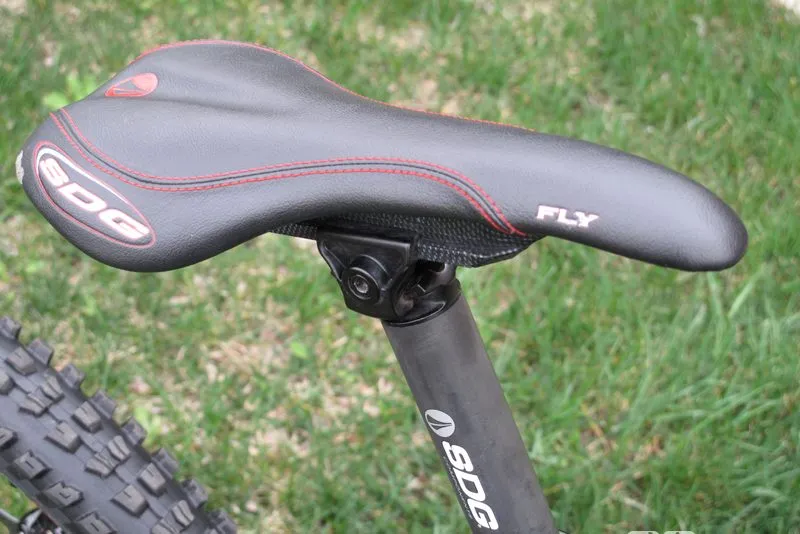
Light, strong, cheap - pick three! And while you’re at it, add a fourth and fifth: easy to fit and almost infinitely adjustable. They (almost) do it all.
Let’s just hope that someone can bring I-Beam back and build in a little more compliance than the originals had...
